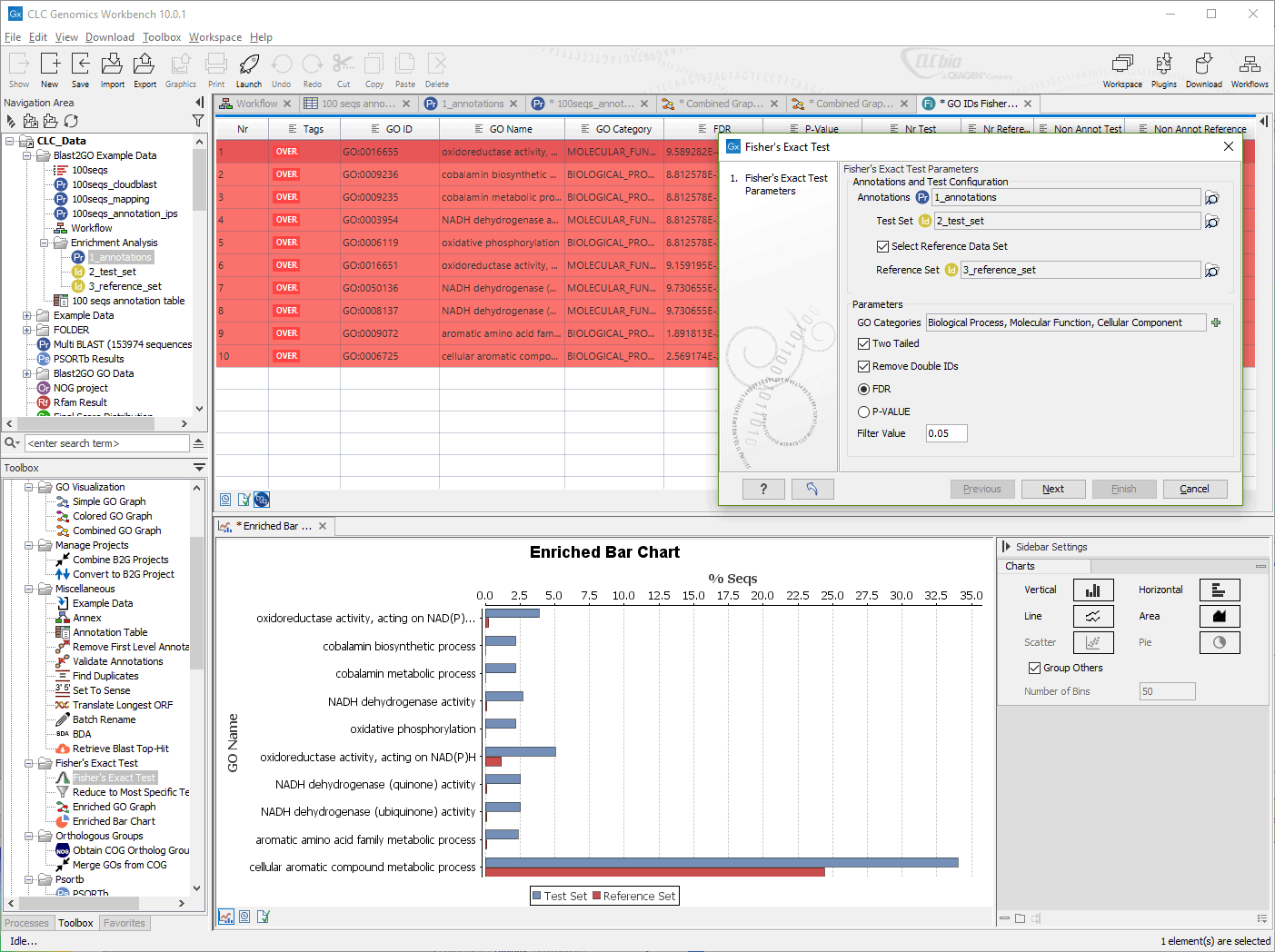
After 4 weeks, a significant improvement in running performance was observed (Extended Data Fig. To study differences between untrained and endurance-trained muscles (in the present study, muscle always refers to quadriceps), mice were exercised by treadmill running on 5 d per week for 1 h. The transcriptomic data of acute maximal exercise and chronic training are provided in the Myo-Transcriptome of Exercise database (Myo-TrEx: ).Ī surprisingly low number of genes define the trained muscle Based on the interrogation of the molecular underpinnings of epigenetic, transcriptional, proteomic and phosphoproteomic changes, we provide a unique mechanistic framework of endurance training adaptations. To understand these fundamental aspects of muscle biology and plasticity, we therefore studied the acute maximal endurance exercise and chronic training response of mouse muscle in a systematic and comprehensive manner. Collectively, little knowledge about the chronic, persistent mechanistic network in training adaptation exists. Accordingly, the expression of many genes does not follow an attenuating pattern, but rather shows an exacerbated response in trained muscle, as described for the peroxisome proliferator-activated receptor-γ coactivator 1α (PGC-1α gene symbol Ppargc1a) 20.

Such an encompassing model of transcriptional attenuation in training adaptation is, however, contradicted by different observations, for example, a broad-ranging qualitative and quantitative specification is implied by the vastly different epigenetic modifications in acute and chronic exercise settings 17, 18, 19. Accordingly, a diminished amplitude in the expression of a number of genes in repeated exercise bouts has been reported, at least with a constant training load 10, 11, nevertheless presumably resulting in steady accumulation of transcripts, proteins and performance over time 12, 13, 14, 15, 16, 17. The ‘repeated bout effect’ is based on the observation of reduced muscle damage and soreness in trained compared with untrained muscle 8, 9. In addition, it is unclear how the training status affects the molecular response to an acute bout of exercise and how changes in gene expression are ultimately linked to persistent modulation of protein levels, organelle function and tissue plasticity.

In particular, the mechanistic framework that links the perturbations evoked by individual exercise bouts to long-term training adaptations are largely unknown 3, 4. In light of the powerful health benefits of exercise 6, 7, it is, however, surprising that the molecular underpinnings of muscle plasticity in exercise are still only rudimentarily understood 4. Morphologically, endurance training adaptations include mitochondrial expansion, vascularization and energy substrate storage 4. Remodelling of skeletal muscle requires interventions that disrupt homeostasis, to which muscle will progressively adapt only if repeated over time 3, 4. Skeletal muscle thus exhibits not only a broad morphological and functional specification, but also a remarkably adaptive plasticity to react to perturbations 4.

However, the main task of skeletal muscle is the generation of force for different types of contractile activities, including strength, endurance, fine motor control, posture and breathing. Skeletal muscle exerts pleiotropic functions, from thermoregulation to endocrine signalling by myokines and myometabolites, and detoxification of endogenous compounds, for example, kynurenines or aberrantly high levels of ketone bodies 1, 2, 3, 4, 5. Together, these results provide a molecular framework of the temporal and training status-dependent exercise response that underpins muscle plasticity in training. Finally, transiently activated factors such as the peroxisome proliferator-activated receptor-γ coactivator 1α are indispensable for normal training adaptation. Our results reveal that, even though at baseline an unexpectedly low number of genes define the trained muscle, training status substantially affects the transcriptional response to an acute challenge, both quantitatively and qualitatively, in part associated with epigenetic modifications. We therefore aimed to elucidate the molecular signature of muscles of trained male mice and unravel the training status-dependent responses to an acute bout of exercise. Although morphological changes in endurance-trained muscles are well described, the molecular underpinnings of training adaptation are poorly understood. Skeletal muscle has an enormous plastic potential to adapt to various external and internal perturbations.


 0 kommentar(er)
0 kommentar(er)
